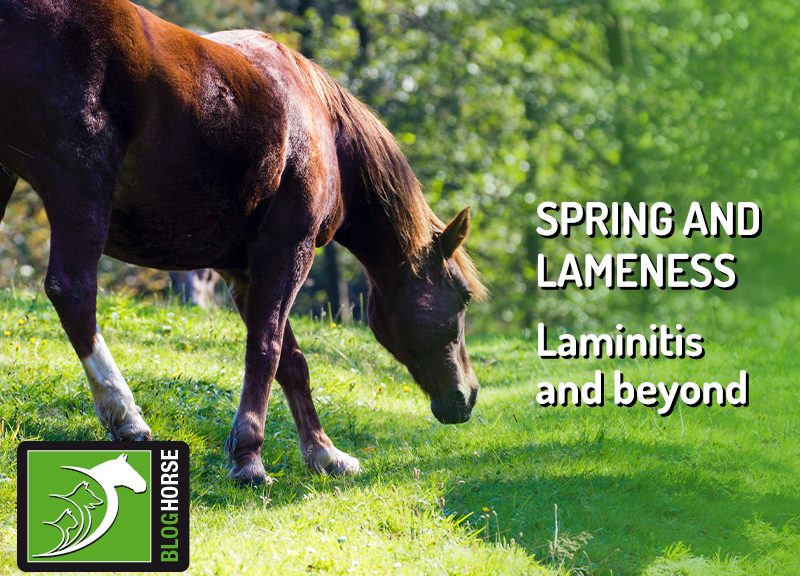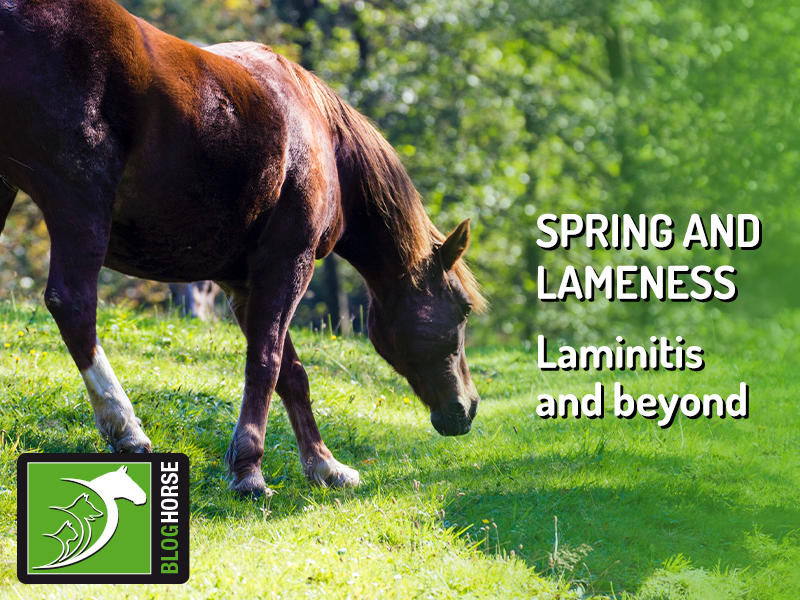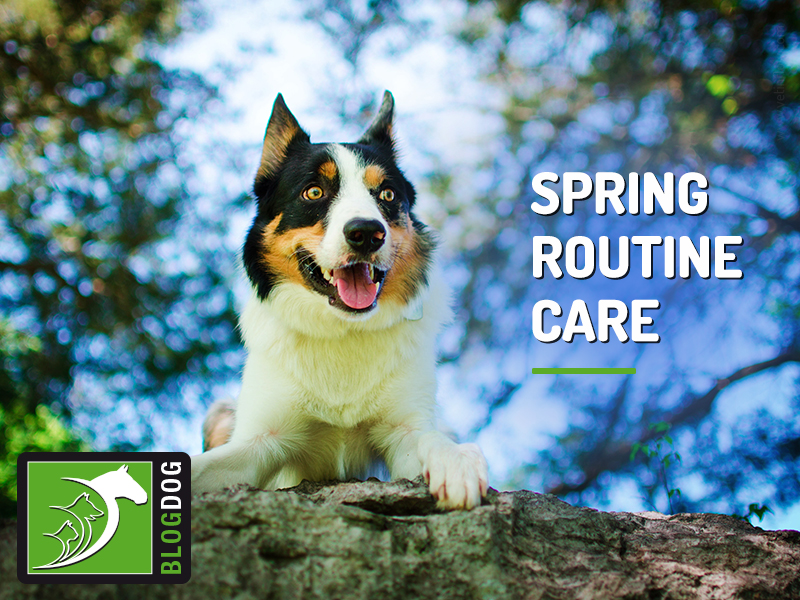One of the most beautiful landscapes that spring has to offer us is a vast, luscious green pasture, with the sun shining up in the blue sky and the opportunity for our horses to graze freely and enjoy nature.
However, as horse owners are well aware, fresh spring grass is very sugary and, if you have roughed off your horse and then suddenly notice that they are limping, the first thing that would cross your mind would probably be laminitis.
There are factors other than diet that can predispose your horse to develop this condition, including excess weight and obesity, hormonal and metabolic disorders, bacterial infections, excessive concussion, and even stress. Also, if your horse has had laminitis before, it is more likely for this problem to recur.
Unfortunately, laminitis is a serious condition that can easily become chronic, with the hoof structures suffering permanent damage, which is why it’s so important to seek veterinary assistance as soon as you notice something unusual about your horse’s walk.
Acute episodes of laminitis tend to be extremely painful, and clinical signs will not go unnoticed, including:
- Reluctance or inability to walk or even stand,
- Altered stance, usually favouring weight support on the hind feet,
- Lameness,
- Signs of pain which may resemble an episode of colic.
However, there’s more to lameness in the horse than laminitis. So, if your horse is lame, what else could be causing it?
There are other chronic conditions that can cause pain in your horse’s feet and, consequently, an altered gait, such as osteoarthritis and navicular syndrome, for example.
With chronic conditions, clinical signs tend to be more subtle, given that the horse has had time to adapt. In such cases, you may not be able to perceive an evident limp, but you may notice a slight head bob as your horse is walking, or an abnormal stance, for example.
As for acute conditions, these can include injuries, sprains, fractures, infections and even lesions that are higher up in the musculoskeletal system, such as the back and the neck.
If you notice something is different about your horse’s walk, you can check their feet and lower legs to try to identify if there’s a visible or palpable injury, such as hoof rings, cracks or dark spots, something caught in the gaps of their hooves, cuts, swelling and if the legs feel warm or painful.
Independently of the cause, all kinds of hoof and lameness problems should be addressed as soon as possible. Lameness-associated conditions are usually very painful and can even be life-threatening. If you have any concerns regarding your horse’s health, don’t hesitate to contact your vet for advice.
Would you like to know more about horses? Check our Equine Courses:
Equine courses



